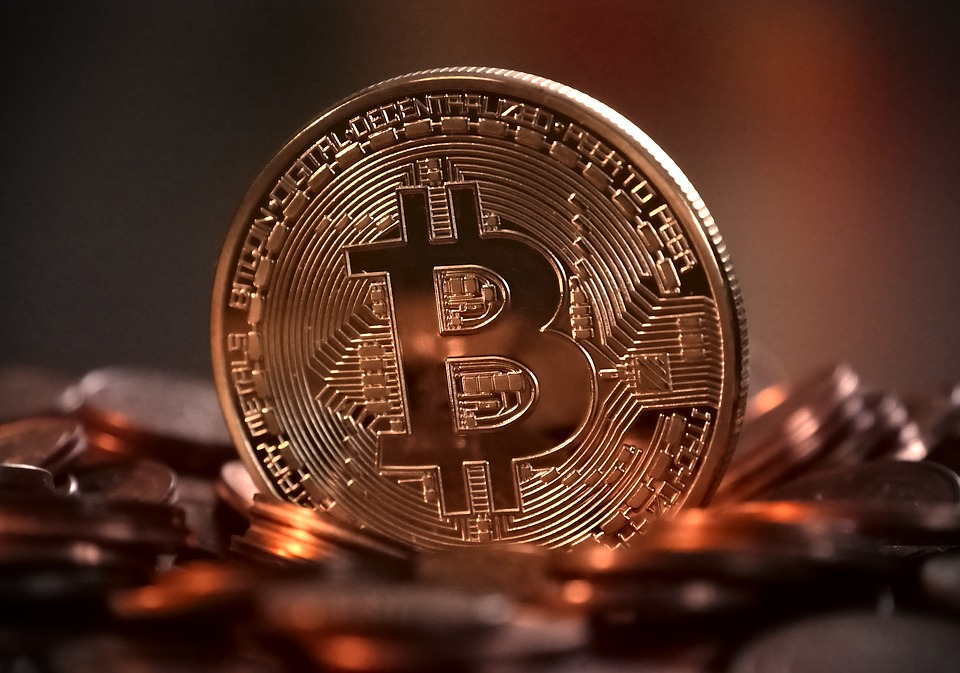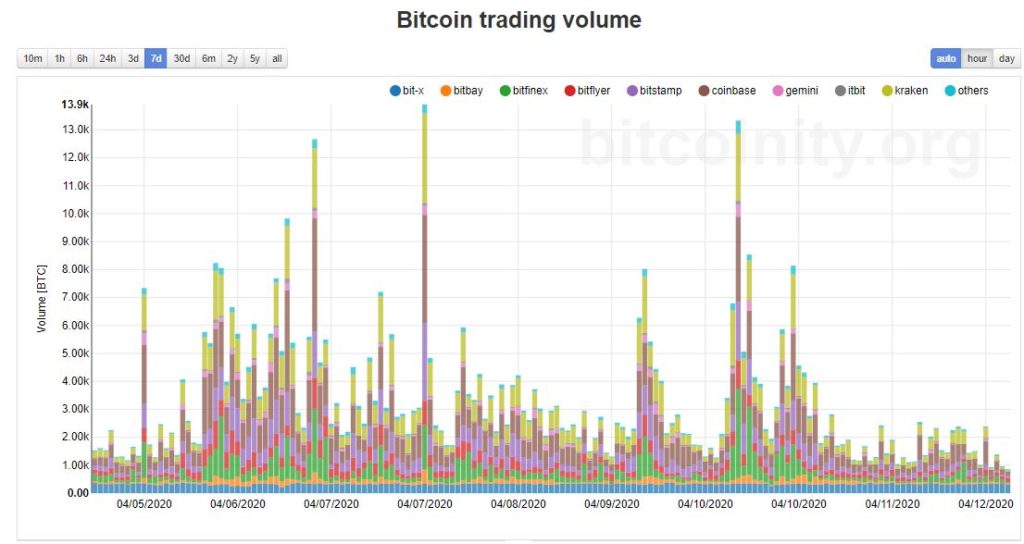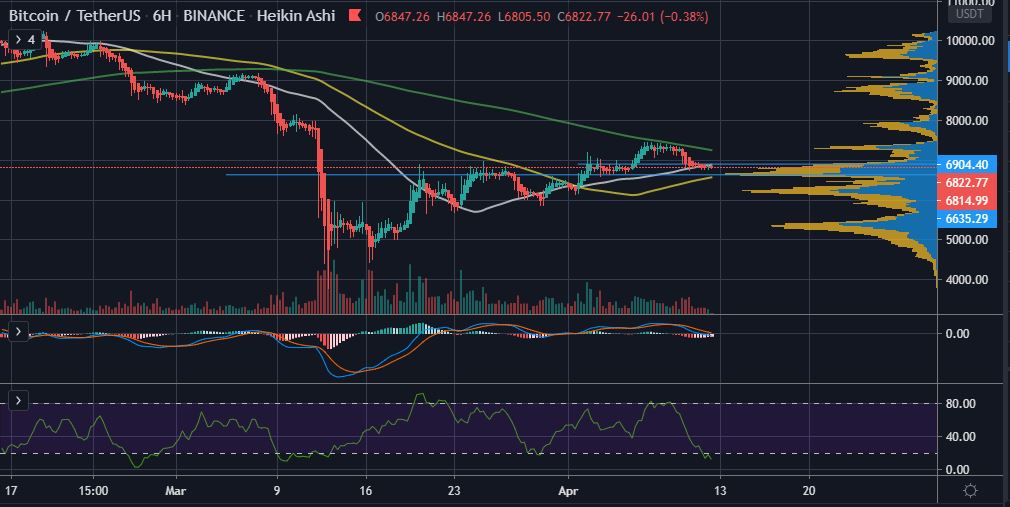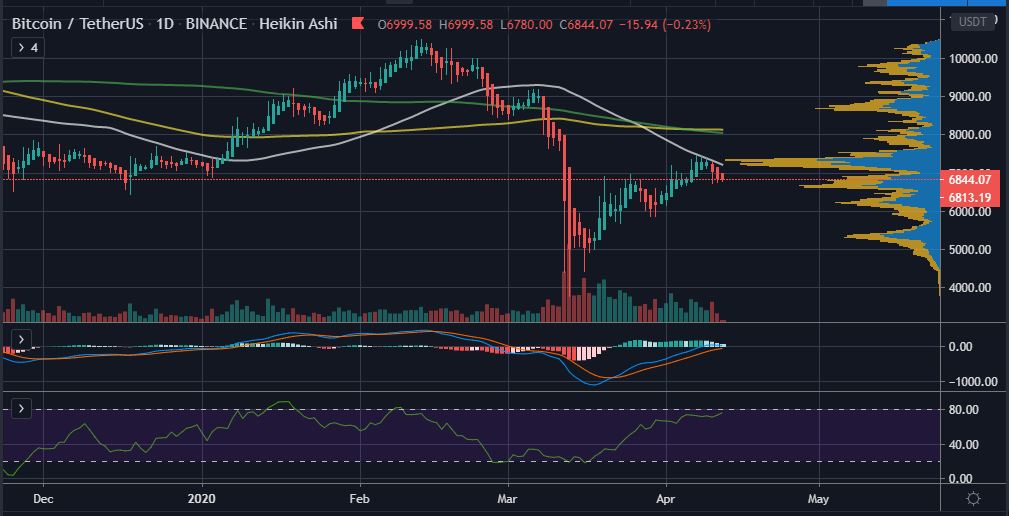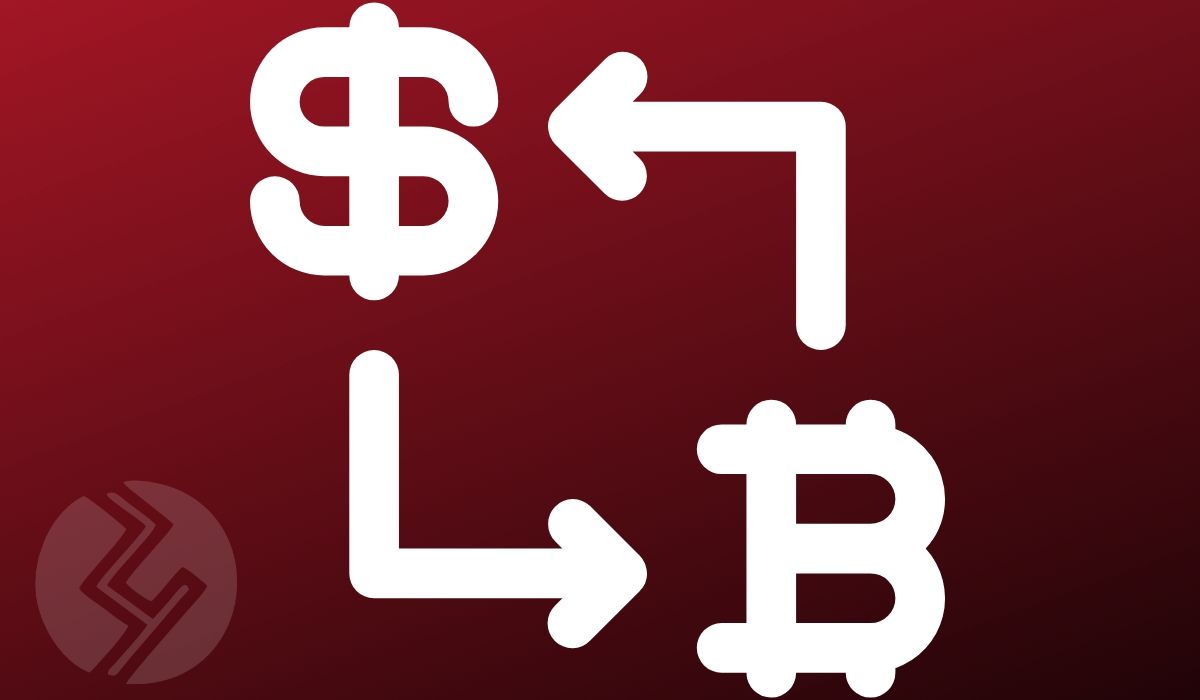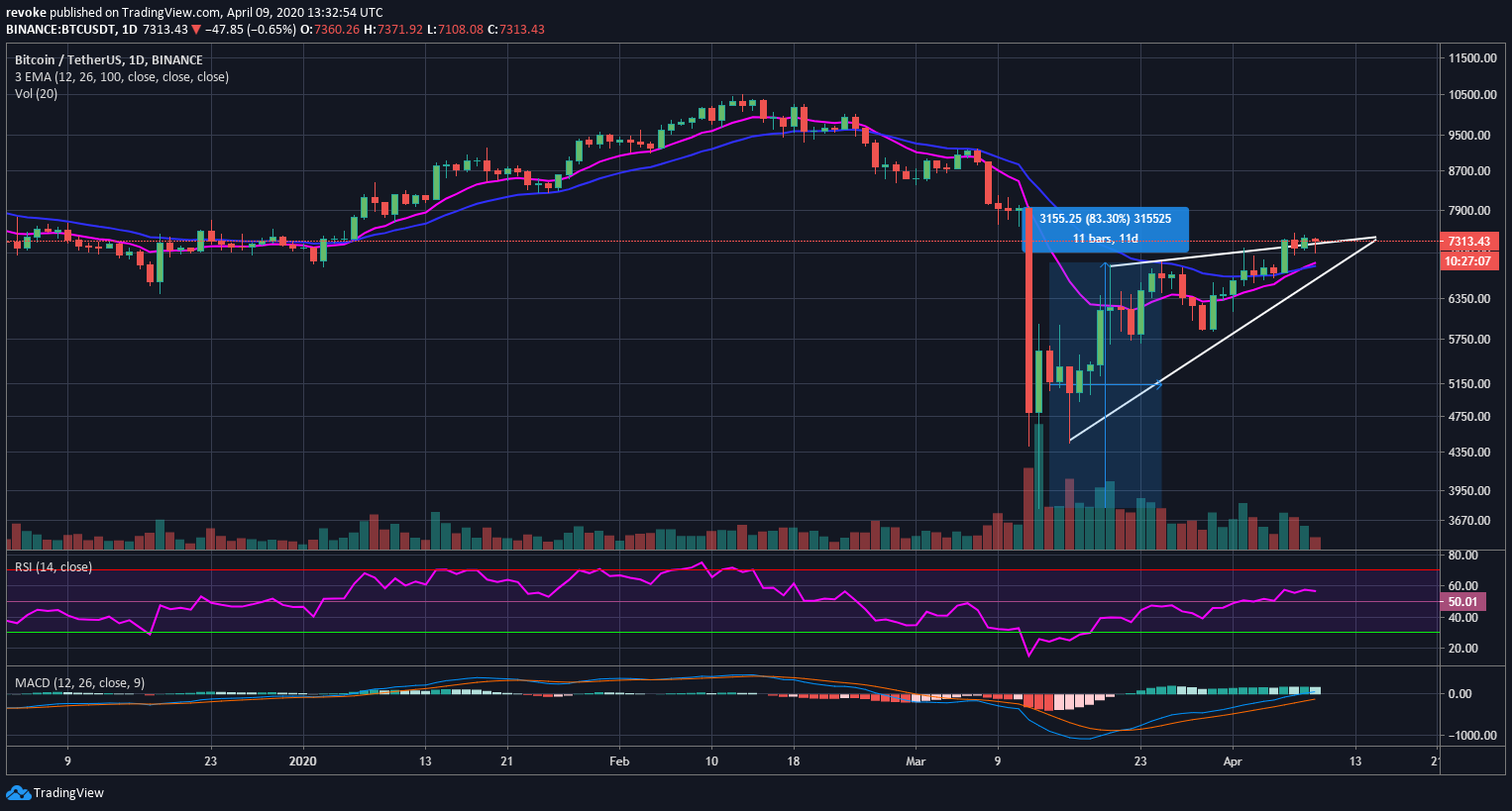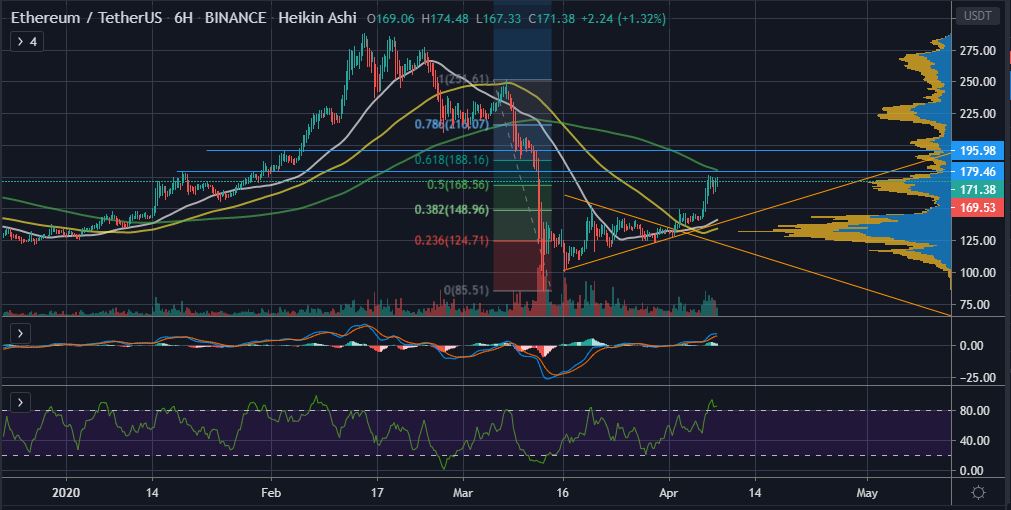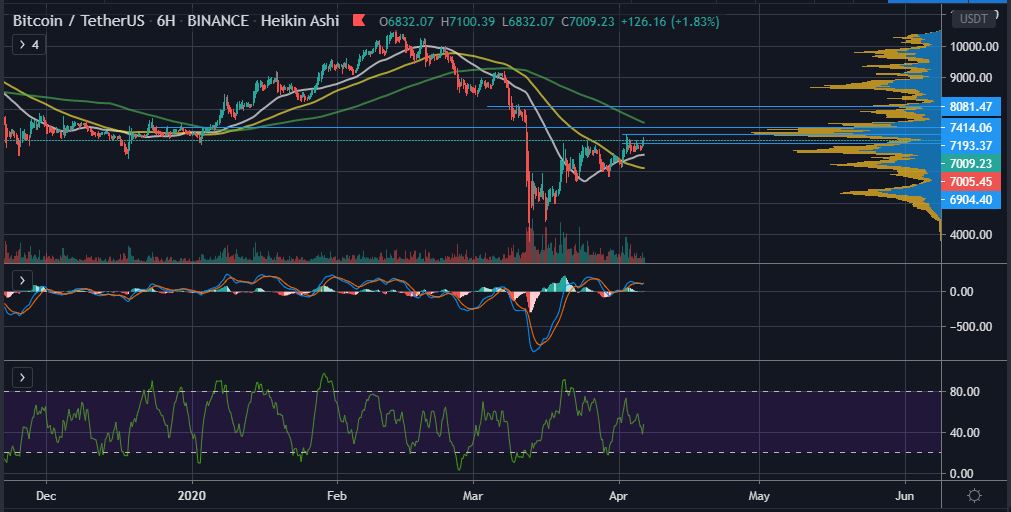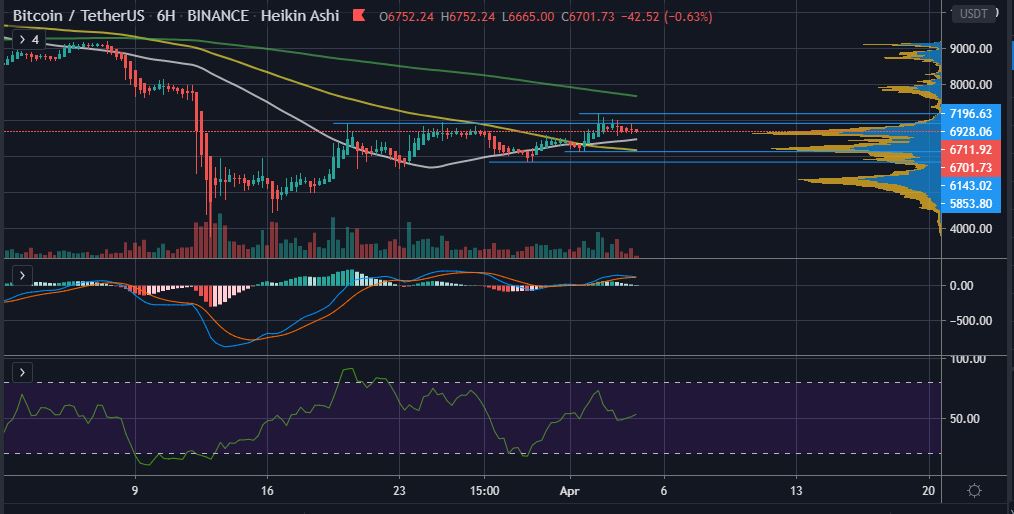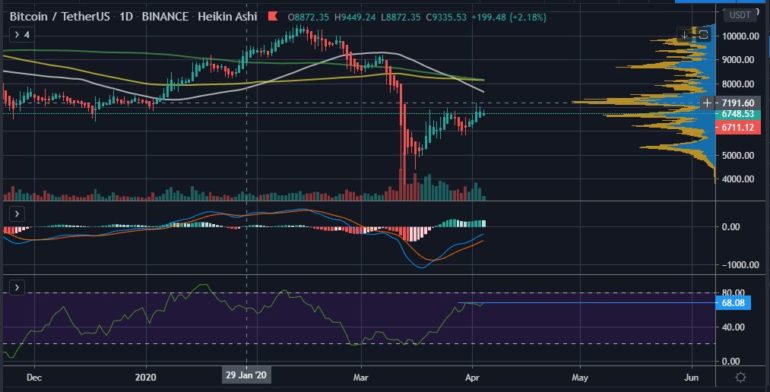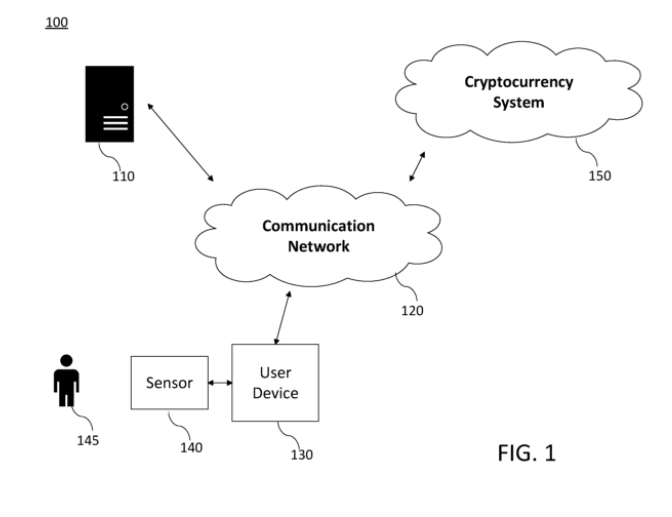Fake Trading Volumes and the Price of Bitcoin: Are They Connected?

Image courtesy of CoinTelegraph
 MARCH 30, 2020
MARCH 30, 2020
Last year, Bitwise Asset Management reported to the United States Securities and Exchange Commission that 95% of trading volume in Bitcoin (BTC) was fake. Bitwise found that, according to data published by CoinMarketCap — a widely cited tracker of crypto statistics — Bitcoin's approximate average daily volume in April 2019 was $10 billion. In comparison, just $5.5 billion worth of Apple stock — the most liquid stock in the world — trades daily, and the market cap of Apple stock is nine times the size of Bitcoin's.
The Blockchain Transparency Institute has been investigating fake volume in crypto markets since 2018. Its April 2019 report suggested that 17 of the 25 largest exchanges listed on CoinMarketCap had more than 99% fake volume. The most recent report from September 2019 showed "wash trading rates at high levels from 96.9% up to 99.7%."
As recently as 2019, the exchanges reporting the most volume were in some cases unheard of. According to Bitwise's research, the largest reported exchange from April 2019, FCoin, declared $1.7 billion in daily trading volume, despite at the time having just 4,781 followers on Twitter. It had been mentioned only four times on Bloomberg, all in the context of fake trading volume, and the marketing tool Alexa ranked it as having the 56,539th largest website globally.
The Bitwise study ranked Binance as the largest exchange with real volume, though it ranked 15th overall when those reporting fake volumes were included. During April 2019, Binance reported $218 million in daily trading volume — 1/7th that of FCoin — despite being mentioned 6,830 times by Bloomberg, its CEO being followed by 342,000 people on Twitter, and having a website that ranked 971th in the world, according to Alexa.
The Bitcoin market is steadily maturing, to be sure, and today's Bitcoin market is not like it was in the past. Many first-generation pillars of the Bitcoin ecosystem were started by first-time entrepreneurs who were simply interested in Bitcoin. Mt. Gox, the beleaguered, Japan-based Bitcoin exchange, was once a site for trading Magic: The Gathering cards. CoinMarketCap, the most popular data aggregator in the space, was started in 2013 as a part-time project run out of an apartment.
Today, the best-known crypto exchanges are large enterprises operating in a maturing ecosystem. Regulated Bitcoin futures, the development of institutional short lending, large algorithmic market makers, Bitcoin custody and custodial insurance have added to the efficiency of the market. Despite Bitcoin's faked volume, and a spot market smaller than commonly thought, its price is more accurately determined every day.
Bitcoin spot prices, as well as other larger-cap cryptocurrencies, are considered accurate, thanks to an established global market for Bitcoin trading and the prevalence of exchanges around the world. What's more, traditional data aggregators — think Nasdaq, the Intercontinental Exchange, Bloomberg and Thomson Reuters — are entering the industry, which will give us only a clearer picture of the data that affects Bitcoin trading.
Internet attention and the price of Bitcoin
Researchers from the University of Cagliari in Italy used Google Trends, which illustrates how frequently a fixed term is looked up, to study the interplay between Bitcoin and Google's search engine. They specifically researched the relationship between Bitcoin's trading volumes and the volume of Bitcoin-related search queries made using Google.
In a report titled "The Predictor Impact of Web Search Media on Bitcoin Trading Volumes," the researchers found "significant cross correlation values, demonstrating search volumes power to anticipate trading volumes of Bitcoin currency."
The researchers studied the period between June 2014 and July 2015 and compared Bitcoin trading behavior with data on search queries obtained from Google Trends. The report concluded:
"We can affirm that Google Trends is a good predictor, because of its high cross correlation value. Our results confirm those found in previous works, based on a different corpus and referred to a different Bitcoin market trend. As future advancement, we are thinking about the possibility to apply this kind of approach to different contexts in order to better understand the predictive power of web search media. An other likelihood could be to consider not only search media but also social media like Twitter, Facebook and Google+."
As trading both digital assets and more traditional stocks and commodities become progressively digitized, online mentions will likely play a key role in determining and predicting the sentiment of various markets, not just cryptocurrency.
Crypto has "no exposure" to stocks and macroeconomics
In a 2018 report titled "Risks and Returns of Cryptocurrency," researchers Yukun Liu and Aleh Tsyvinski from Yale University found that the risk–return tradeoff of Bitcoin, Ether (ETH) and XRP differs from those seen in stocks, fiat currencies and precious metals. "Cryptocurrencies have no exposure to most common stock market and macroeconomic factors," they wrote. "They also have no exposure to the returns of currencies and commodities."
The authors concluded that cryptocurrency returns can only be predicted by aspects specific to crypto:
"Specifically, we determine that there is a strong time-series momentum effect and that proxies for investor attention strongly forecast cryptocurrency returns."
In short, cryptocurrency returns have little exposure to traditional asset classes, such as stocks, fiat currencies and commodities.
The researchers determined that cryptocurrency returns are predicted by two factors: momentum and investor attention.
"Our findings call into question popular explanations that supply factors such as mining costs, price-to-'dividend' ratio, or realized volatility are useful for predicting the behavior of cryptocurrency returns."
How is Bitcoin trading regulated?
When trading Bitcoin, knowing the rules and regulations is essential. The U.S. Internal Revenue Service declared in 2014 that Bitcoin was property, not currency. Any profits made from Bitcoin investing and trading, therefore, would be taxed at each investor's capital gains rate, not an ordinary income rate.
In July 2019, the IRS sent letters to 10,000 digital-currency holders who failed to pay taxes or properly report taxes on digital assets. IRS Commissioner Chuck Rettig stated:
"Taxpayers should take these letters very seriously by reviewing their tax filings and when appropriate, amend past returns and pay back taxes, interest and penalties."
Altcoins and having a plan
There are other things to keep in mind when trading. Before trading a specific digital asset, especially those considered altcoins, investigate its trading volume. If you're considering trading a more obscure altcoin, then you should learn how many such tokens are being bought and sold daily.
The higher the trading volume, the easier it will be to buy and sell the digital asset. Low trading volume, on the other hand, suggests a lower level of liquidity; that is, a trader could struggle to buy or sell the digital asset on the open market. Crypto exchanges have even delisted tokens with dubious or declining trade volumes.
Having a plan for every trade can help ensure you don't make a knee-jerk reaction in a fit of emotion-based trading. Disciplined investors and traders draft a game plan for the prices at which they intend to buy and sell an asset and don't deviate from this plan. In order to manage this, traders can use stop-loss orders, which ensure an asset is sold at a predetermined price.
The views, thoughts and opinions expressed here are the author's alone and do not necessarily reflect or represent the views and opinions of Cointelegraph.
This article does not contain investment advice or recommendations. Every investment and trading move involves risk, and you should conduct your own research when making a decision.
Justin O'Connell is the founder of ChangeOutput.com, a communications shop for blockchain. He first wrote about Bitcoin in early 2012 and has worked in the industry ever since. He has software engineering experience, and his written work has appeared throughout the industry over the years.
Original article posted on the CoinTelegraph.com site, by Justin O'Connell.
Article re-posted on Markethive by Jeffrey Sloe

